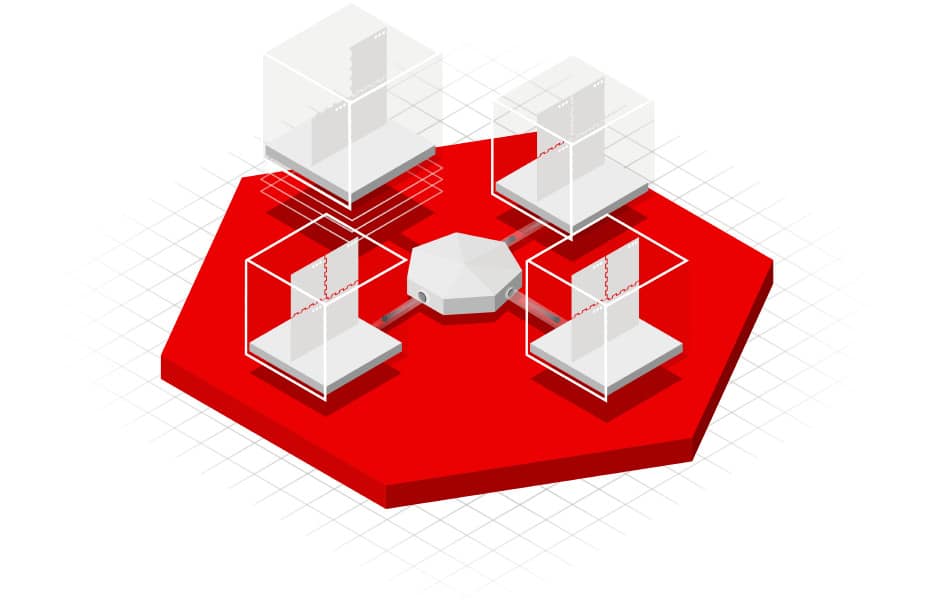Technical resources
Migrating from Red Hat OpenShift 3 to 4 -- Part 3
In previous posts we have communicated the importance of migration to OpenShift 4 for any of your customers that are still using OpenShift 3. In this post we share a few customer stories of successful migration to provide some insight you can offer these customers who are still apprehensive or uncertain about making the migration process.

Customer: Agenda Open Systems
Challenge
The Slovenian National Police Force needed to improve staff communication and system integration and move from its legacy environment to a microservices-based infrastructure with middleware technology.
Solution
Worked with Agenda Open Systems, the first Red Hat partner in Slovenia, to expand its Red Hat infrastructure and factor more than 100 existing applications into microservices, migrating them to the Red Hat® platform and standardizing new application creation on JBoss® Enterprise Application Platform (EAP) using a microservices-based architecture.
Results
- Improved application delivery time with agile, efficient approach
- Simplified system management with integrated solution
- Improved recruitment of skilled talent looking to work with innovative open source technology
Why Red Hat
"We found Red Hat products robust and easy to use, and we found Red Hat as a company to be knowledgeable and supportive.” - Jernej Razboršek, Senior Police Inspector,
Republic of Slovenia Ministry of the Interior, Police, General Police Directorate, IT and Telecommunications Office,ICT Infrastructure Division, Server Systems Section
Customer: STC Pay
Challenge
Expand fintech services by building a flexible enterprise architecture to support business agility.
Solution
Worked with Red Hat and Temenos to run a suite of payment processing solutions, and Temenos Transact, a digital core-banking solution, on Red Hat® OpenShift®.
Results
- Streamlined application development and scalability
- Improved time to market and employee productivity
- Improvement in availability, uptime, and recovery of applications
Why Red Hat
"We were attracted to Red Hat’s enterprise open source model offering support and security features in combination with access to a global pool of talent for rapid development. ” Abdulrahman Almutairi, Vice President of Technology

Customer: Sopra Steria
Challenge
Reduce complexity and costs, improve security, and increase developer adoption.
Solution
Sopra Steria worked with Red Hat partner Kasten to migrate to Red Hat® OpenShift® 4 to improve operations, provide automated security updates, and deliver new capabilities to developers.
Results
- Migrated 174 apps from Red Hat OpenShift 3.11 to Red Hat OpenShift 4.3 on Amazon Web Services (AWS)
- Spent fewer hours on operations and more time on end user needs, which has accelerated internal adoption of Red Hat OpenShift
- Increased security features and patches through the latest version of Red Hat OpenShift
- Ability to use recent features of Kubernetes because Red Hat OpenShift 4 follows these updates closely
Why Red Hat
"The cluster is much easier to maintain and to grow because a big bunch of the operations are now completely automated through the operators and everything is nearly done through a comprehensive UI." Michael Courcy DevOps Architect, Sopra Steria
For additional guidance on a migration plan for your customers needing to migrate have them explore this migration checklist. The benefits of migrating to Red Hat OpenShift 4 are well worth the effort regardless of the path customers choose to take. As always Red Hat will be there to help them along the way. If you have any questions please check out this discovery session form.

